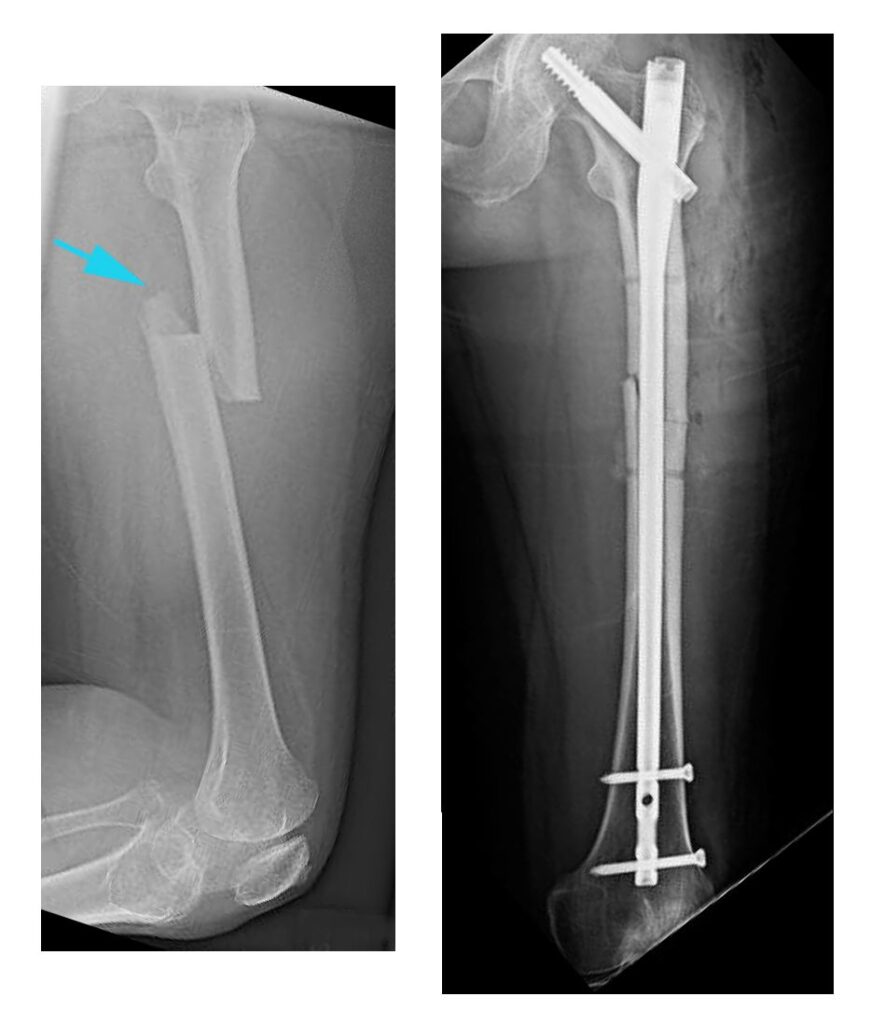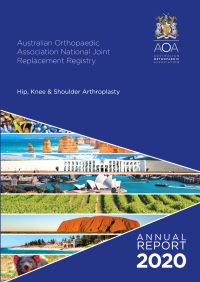Lead Article – January 2021
Shifting Sands
The rate of evolution of orthopaedic surgery is extraordinary. Whereas 30 years ago, teenagers or patients in their early twenties would spend six weeks or more in traction following a femoral shaft fracture, many now undergo operative internal fixation and are inpatients for no more than a day or two. Considerable savings can be achieved. They relate to hospitalisation time (which is usually between $1,000 and $1500 per day), loss of remunerative engagement, social and mental health disturbances and general costs accrual.

Not all advances are so meritorious. Small fortunes are there to be made by hip and knee arthroplasty manufacturers, sponsors and distributors. Whilst our current bevy of hip and knee replacement devices performs extremely well, there is this constant search for the holy grail. Reviewing the Australian Orthopaedic Association National Joint Replacement Registry over the last decade, it becomes apparent that these newer devices do not perform any better than their predecessors, sometimes perform worse than their predecessors and invariably cost a great deal more than their predecessors.

Whilst research is commendable, improvements in design can occur and we should not thwart creative intent, high-level evidence should be demanded before superior clinical performance can be claimed by these recent innovations.
